There are many wireless home theater options available, including home systems, or additions to the system you already have. A wireless home theater or entertainment system can be just be a lot of options between these two examples.
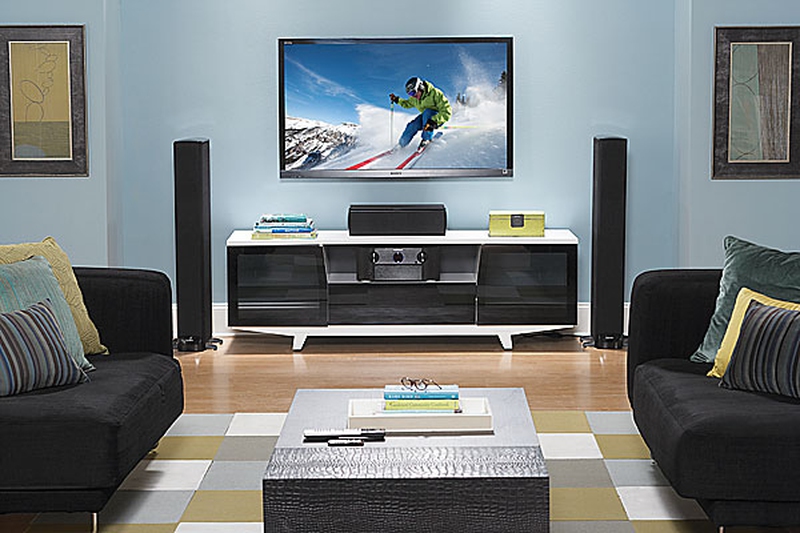
8 Options for Your Wireless Home Theater Systems
Wireless Speakers
Wireless speakers are able to output audio through wireless transmission. Although they are considered wireless, they still need to be attached to an amplifier or power source. To preamp outputs on a receiver, you can use a transmitter, and the speakers have a built-in receiver to play sounds that are transmitted to it. The long wires originally used to the signal source are eliminated, but the speakers need power to work–unfortunately keeping cords in the equation.
Wireless Subwoofers
Wireless subwoofers work similar to wireless speakers. Since they are for the most part self-powered, they still need a way to receive the sound information. This can be done by using a wireless transmitter (from subwoofer to receiver) and a wireless receiver. When setting up the wireless, subwoofers wiring is still needed for the sound bar and subwoofer to work in conjunction with each other. There are fully wireless subwoofers for home entertainment systems, but they are few and far between.
Bluetooth
Bluetooth is at the forefront of wireless technology, one of the first options for consumers to have wireless headphones and earpieces for cell phones. Bluetooth is at the center of wireless theater. This is how the audio is sent to the speakers and video to the television without wiring. It is built into the components, or the components have ports that will allow a Bluetooth receiver to be used in your system. To maintain the effectiveness, you should be aware that best results occur when your devices are close together basically in the same room.
Wireless HD
To get the highest quality sound and audio, high definition is the best option. Wireless HD is transmitted from your main consol, such as a Blu-ray Disc player, to an HDTV. But, this is not how it usually works. Normally you need an HDMI cable from the source (Blu-ray player) to a transmission box. The transmission box then sends the signal wirelessly to the receiver, which needs an HDMI cable to connect the HDTV. Not as wireless as it sounds, right?
Wifi and Wireless Networking
Wireless HD is used from a central location, computer, laptop, gaming console, etc., but it does not need to be close to the entertainment system. There is no longer the need of a phone or Ethernet cord to connect to the internet, the computer can be far from the entertainment system and still send out a strong signal. Any device connected to your router is directly connected to the internet, or other components of your system.
Miracast
Another type of Wifi is Miracast; it’s unique because it is “point to point”. Without having to be near a router or Wifi source, Miracast allows audio as well as video to transfer between two devices. You no longer have to worry about how many of your neighbors are on the same network as you. There is no buffering or network connectivity problem. If this is the choice for you, be sure your source and destination are Miracast-enabled.
Apple AirPlay
AirPlay is an extension of the Apple conglomerate, used with iPod, Apple TV, iPad and iPhones. When installed into your receiver, any of these Apple devices can be streamed into your wireless entertainment system, allowing the devices to control your system as well as the benefit of being wireless. The best way to use AirPlay is to have all of your devices an Apple product, allowing compatibility. And remember, you can access your cloud and have your favorites at your fingertips!
HomePlug
HomePlug is an innovative type of “wireless” technology. Instead of focusing on what wires you need and what really is wireless, take advantage of the wiring that is already in your home! You can now use the already existing AV wall outlets with special converter modules to access audio, as well as video, signals sent between your entertainment system components.
If you want to know how to set up your wireless home theater system, here is a quick instruction. Check this video out:


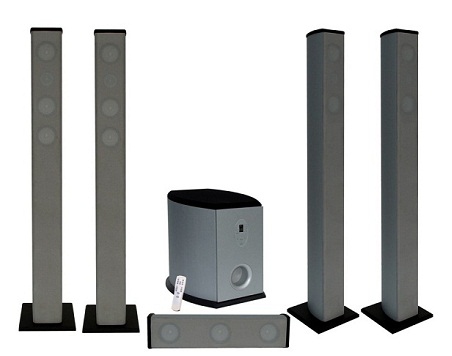

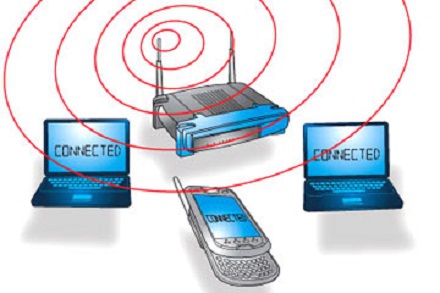
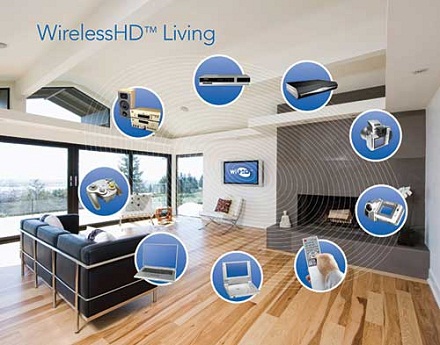


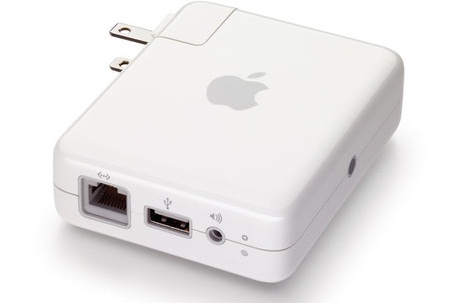

View All Comments /Add Comment